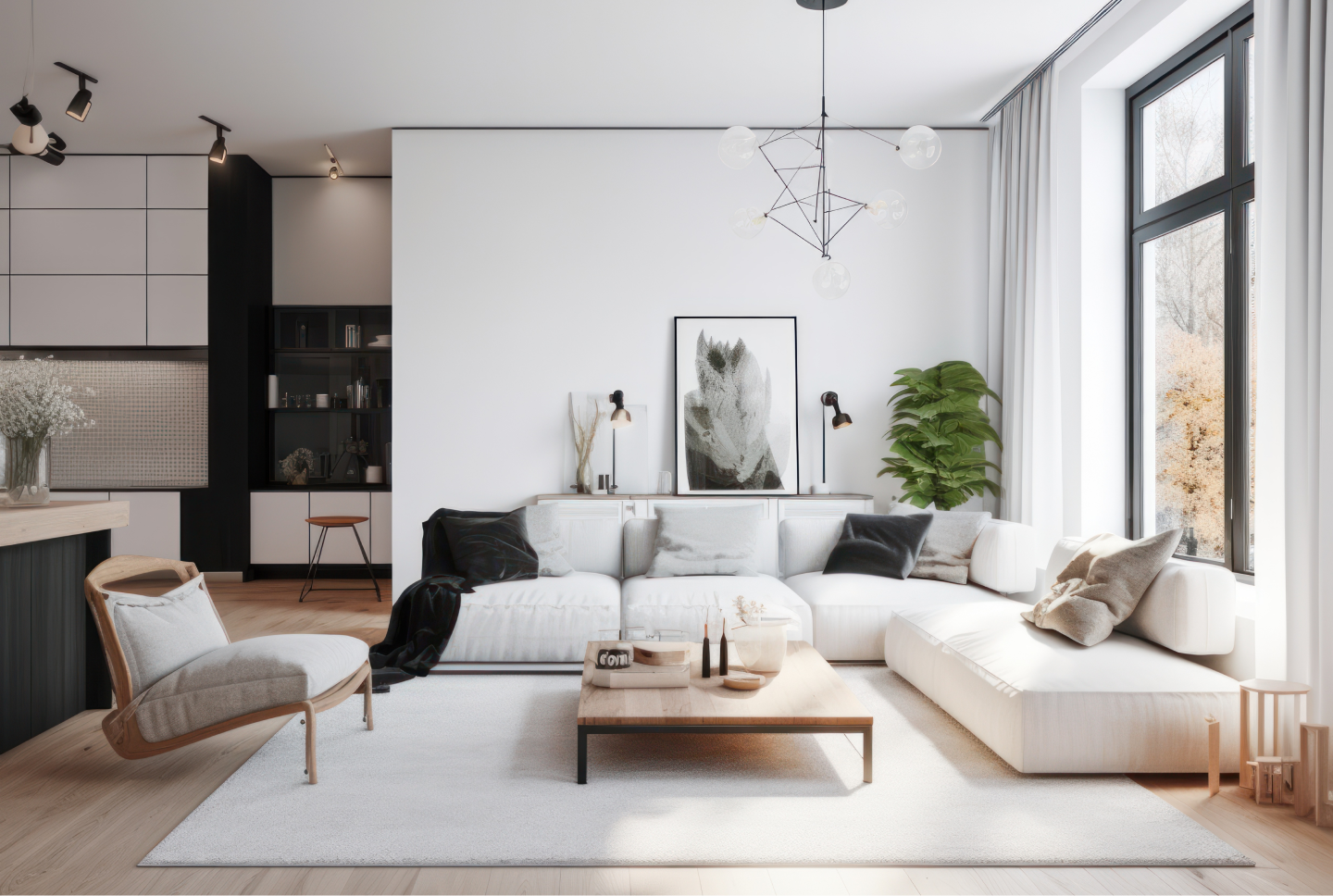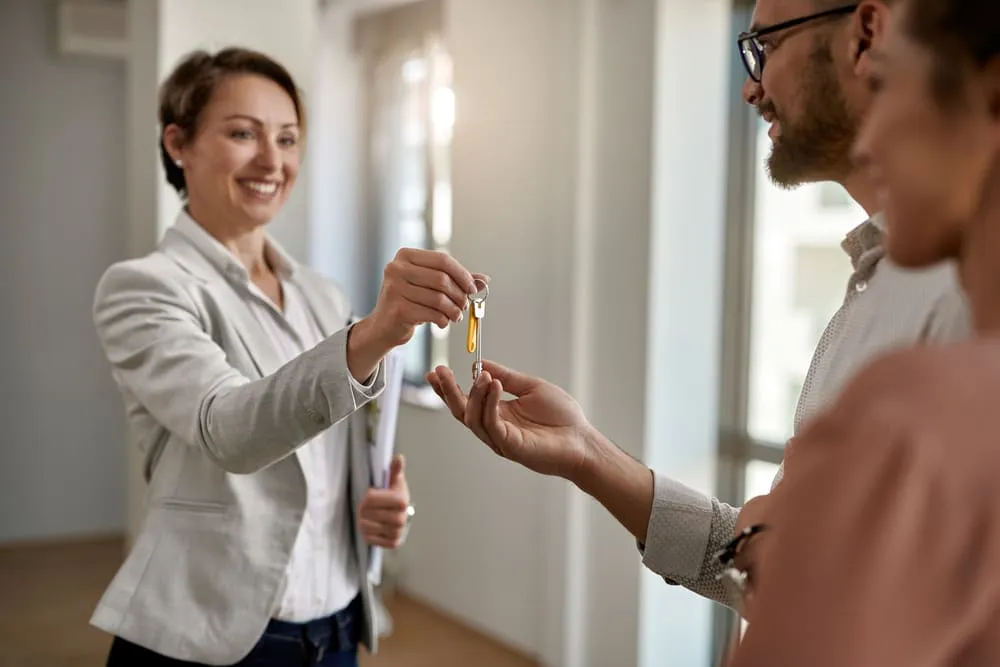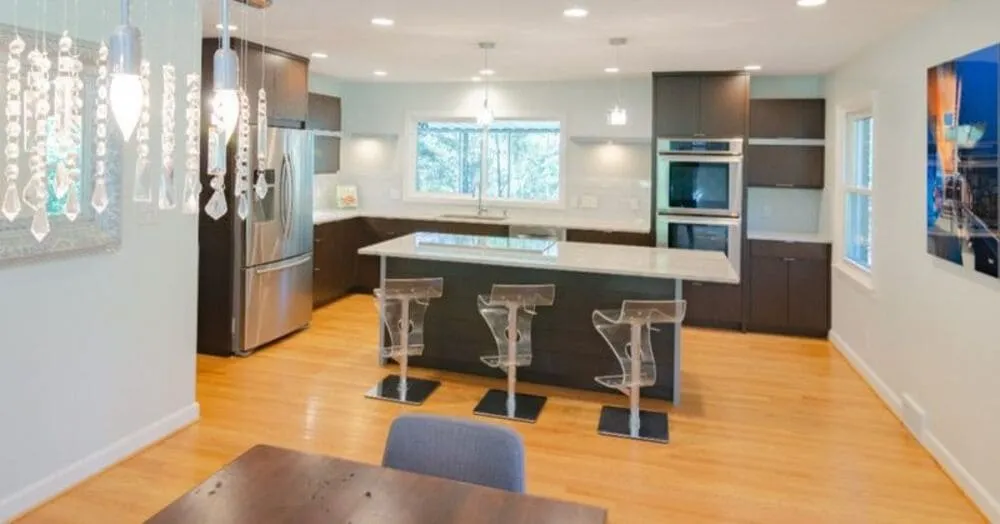Sustainability has become a key priority for both homeowners and renters these days. From digital nomads to families, making conscious housing choices plays an important role in protecting the environment and reducing your carbon footprint.
Green practices in property management are not just a fashion trend. They provide long-term benefits such as reduced energy and water costs, higher property values and attracting sustainable tenants. In this article, we'll look at practical and easy-to-implement tips to help you turn your property into an environmentally sustainable home suitable for short, medium or long-term rental.
Sustainable property improvements
Energy efficiency
- Installing LED lighting:
Replacing standard bulbs with LEDs reduces energy consumption by up to 75%. It is a long-term investment that provides savings and a longer lighting life. - Replacement of old appliances:
Using energy-efficient appliances (rated A+++), such as refrigerators, washing machines, and air conditioners, significantly reduces electricity costs. - Improved insulation:
High-quality thermal insulation of walls, windows and roof reduces heat losses in winter and maintains lower temperatures in summer, which leads to lower energy consumption.
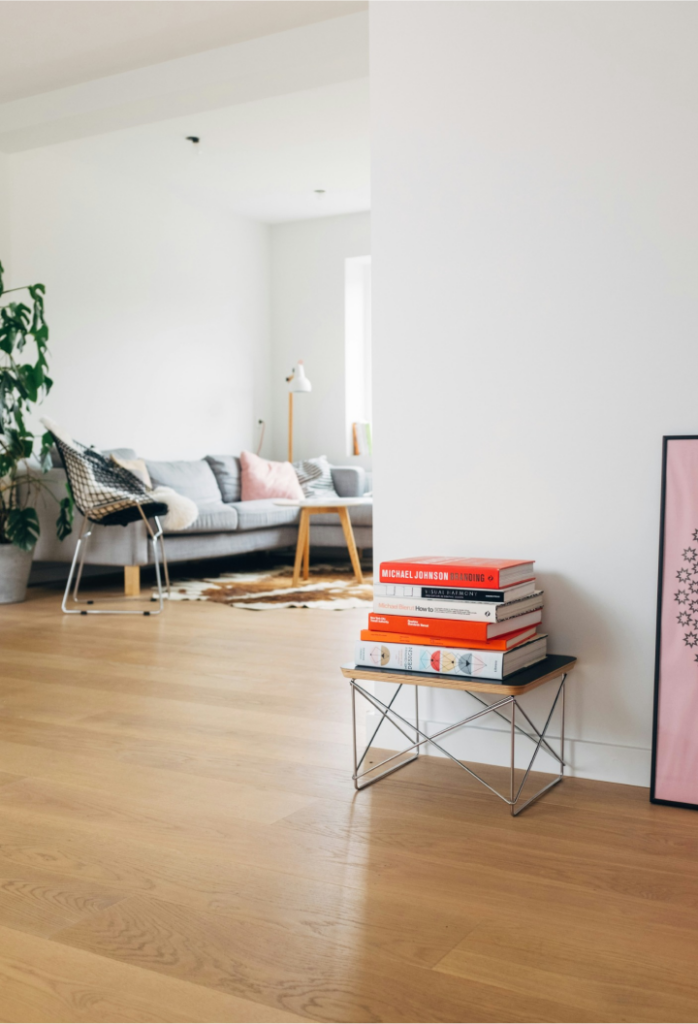
Use of renewable energy sources
Installing solar panels to heat water or generate electricity is one of the best sustainable solutions. Even small solar installations can cover part of the property's energy needs. If solar panels are not possible, homeowners can contact green energy providers.
Optimization of the water resource
Installing low-flow faucets and smart showers reduces water consumption by up to 50% while maintaining tenant comfort.
Additional tips:
- Installation of thermostats and smart temperature control devices that allow optimization of energy consumption.
- Replacing old windows with energy efficient double or triple glazing.
Sustainable improvements not only reduce energy and water costs, but also make the property more attractive for ecologically oriented tenants.
Environmental practices for tenants
Information about sustainable living in the property
- Recycling Guide:
Provide tenants with a detailed handbook explaining how to sort their waste. - Promotion of green transport:
Leave information about public transport in the area. Provide bicycle storage if possible. - Resource saving:
Inform tenants how to use appliances efficiently, for example setting the washing machine to an eco program or turning off appliances when not in use.
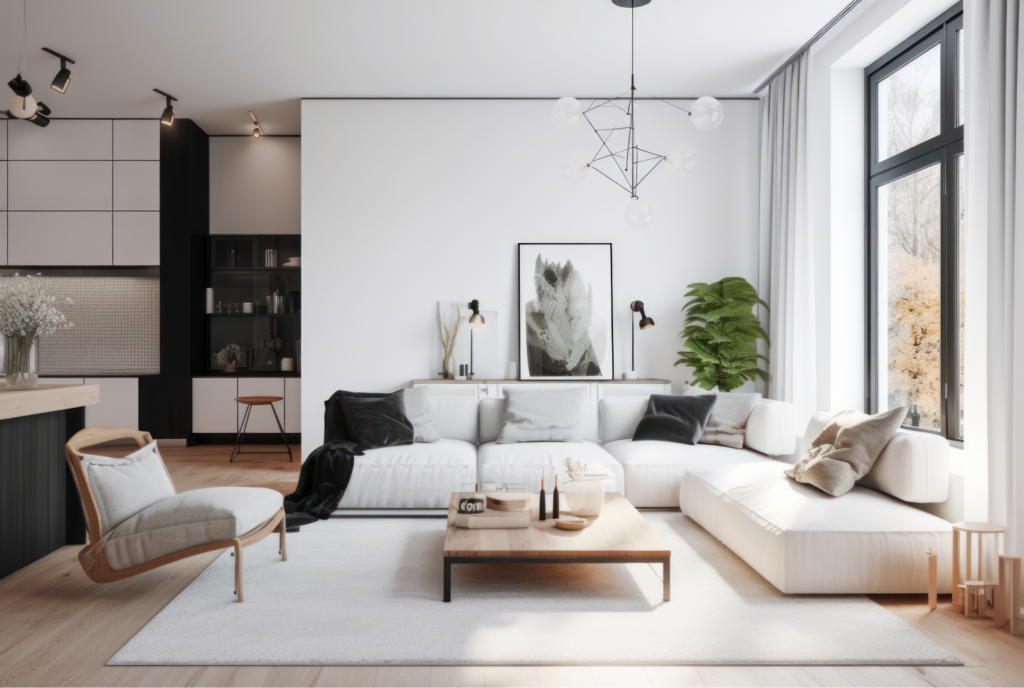
Waste reduction
- Separate collection:
Provide containers for separate waste collection on the property. - Provision of products reusable:
Instead of disposable items, provide glass water bottles or cloth bags. This will reduce the need for plastic and other disposable materials.
Promoting sustainable behavior
- Energy saving:
Encourage tenants to turn off lights and appliances when leaving the premises. You can use stickers or signs with reminder messages. - Environmentally friendly cleaning products:
Provide or recommend the use of biodegradable cleaning agents. - Nature Integration:
Include green elements in the decor of the property - potted plants or a small garden to encourage a closer interaction with nature. - Suggest small incentives for tenants, which actively follow ecological rules – for example, discounts for longer stays or gifts such as eco cups or recycled notebooks.
Furniture with a sustainable approach
Use of environmentally friendly materials
Furniture made from recycled materials – Choose furniture made from recycled wood or metal. This reduces the need for new raw materials and supports sustainable production.
Avoid plastic furniture or products with a short life.
Certified materials – look for products with FSC (Forest Stewardship Council) certification, which guarantees that the wood was harvested in a sustainable manner.
Textiles and carpets made from organic cotton, bamboo or wool that are biodegradable and free of toxic chemicals.
Restoration instead of replacement – reupholstering existing furniture or renewing old furniture by painting with environmentally friendly paints. It is economical and conserves resources.
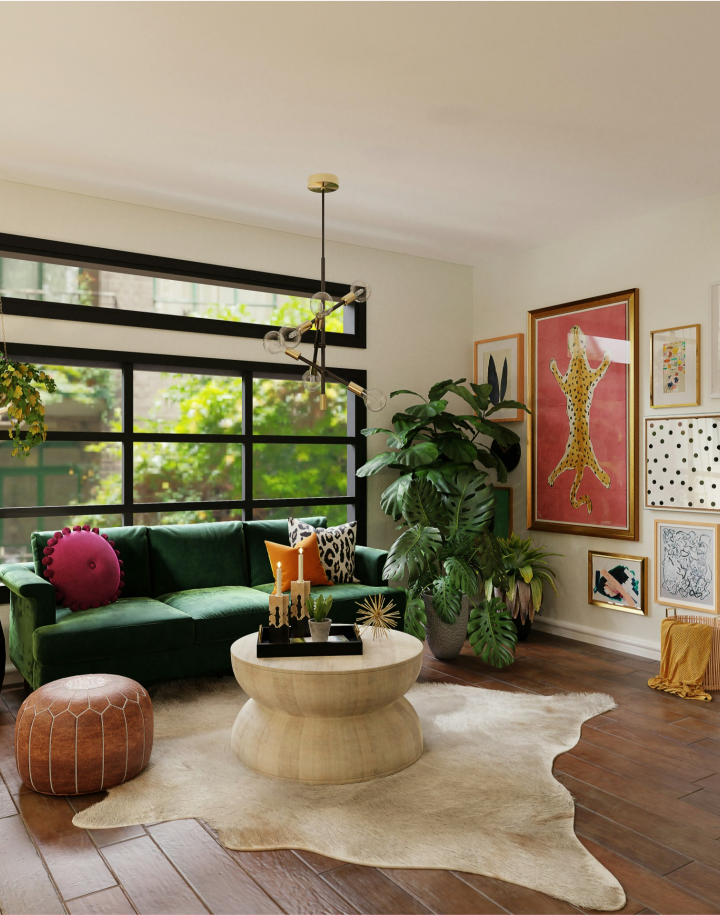
Creation of "green" spaces
We’ve already written about the need for green spaces in your property. Add indoor plants like philodendrons, which improve air quality and create a sense of coziness. If space allows, consider vertical gardens or low-maintenance patio pots. Include stone, wood, or clay decorations that are both aesthetic and eco-friendly.
Multifunctional furniture and modular solutions
Furniture with a dual function, such as sofa beds, beds with storage or folding tables, optimizes space and reduces the need for unnecessary purchases.
Long-term benefits for the property owner
1. Reduced maintenance and energy costs
2. Improve the owner's image – Investing in sustainable management shows that the owners are committed to protecting the environment. This creates a positive reputation among tenants. A unique approach to environmental management sets the property apart from the competition, especially in competitive short-term and long-term rental markets. long term rentals.
3. Reducing risks associated with future regulations – in view of increasing energy efficiency requirements, sustainable properties will be prepared for future regulations and there will be no need for costly adaptations in the future.
4. Attracting loyal and responsible tenants – tenants who are looking for sustainable solutions are willing to pay more for properties with environmental improvements. They often take care of the property as they share the same values. Providing comfortable and environmentally friendly conditions increases the likelihood that tenants will stay longer, which reduces the cost of finding new tenants.
Real examples
In Bulgaria, more and more holiday home owners in mountainous areas such as Bansko and the Rhodope Mountains are adopting sustainable approaches. They are building or renovating their properties with wooden structures, thermal insulation and rainwater harvesting systems. In Sofia and Plovdiv, there is a growing number of apartments for rent that are equipped with energy-saving appliances and LED lighting. Such properties are often advertised with an emphasis on lower energy costs and an environmentally friendly approach.
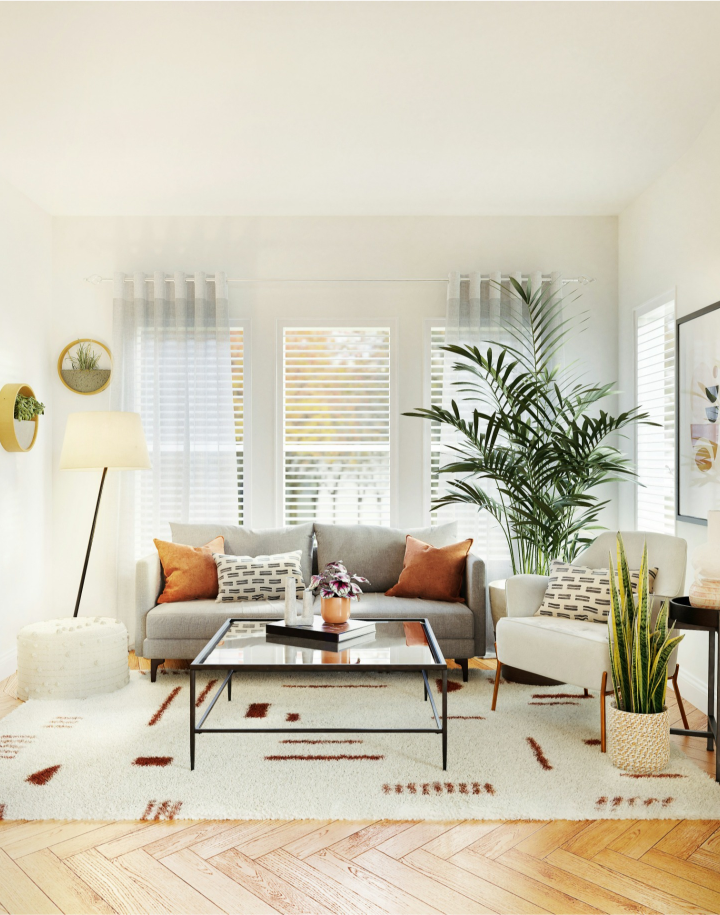
Conclusion
Through energy efficiency, environmental practices and the use of sustainable materials, you can reduce costs, increase the value of your property and to attract responsible tenants. In addition to financial and functional advantages, these practices contribute to environmental protection and building a positive image.
How can Flat Manager help you?
If you want your property to be a benchmark for sustainability and quality, don't hesitate to contact us. With the experience of Flat Manager in property management we can turn your property into a modern, eco-friendly and profitable home.

